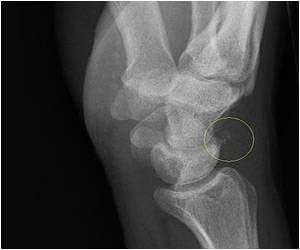
‘The protein angiogenin maintains stem cells by inducing cellular dormancy and preserves stem cells over time so that they will be available in the future to help maintain immunity.’
Tweet it Now
The current bone marrow transplantations have limitations. This discovery could lead to important therapeutic interventions to help improve the effectiveness of these treatments. For the first time, the researchers show that ANG simultaneously reduces proliferation of stem cells and promotes proliferation of myeloid progenitor cells that give rise to mature myeloid cells. The two-pronged processes are accomplished by a novel molecular regulating mechanism, a first-ever such finding.
The findings have implications for human stem cell transplantation and for radiation exposure. Cancer patients who undergo stem cell transplantation face two hurdles - lack of white blood cell to fight possible infections and sustaining stem cell function to maintain immunity. People exposed to large doses of radiation face challenges due to bone marrow failure induced by such exposures.
"We knew that ANG was involved in promoting cell growth, so it was not unexpected to find that ANG stimulates proliferation of myeloid progenitor cells," said Guo-fu Hu, PhD, Investigator in the Molecular Oncology Research Institute at Tufts Medical Center, and the paper's senior author. "But it was surprising to find that ANG also suppresses the growth of stem cells and that it accomplishes these divergent promotion or suppression functions through RNA processing events specific to individual cell types. Our discoveries suggest considerable therapeutic potential."
In a series of experiments, the researchers isolated and described the divergent regulatory functions of ANG. They demonstrated how ANG stimulates proliferation of myeloid progenitor cells.
Advertisement
The research team also demonstrated that ANG achieves these dual functions by inducing RNA processing that is different in various cell types. In hematopoietic stem/progenitor cells, ANG induces processing of a specific type of RNA (tiRNA) that is quiescence-related whereas in myeloid progenitor cells, ANG induces processing of a specific type of RNA (rRNA) that is proliferation related. tiRNA is a type of small RNA that suppresses global protein synthesis, while rRNA or ribosomal RNA is a type of RNA molecule that enhances protein synthesis.
Advertisement
The findings of the article, "Angiogenin promotes hematopoietic regeneration by dichotomously regulating quiescence of stem and progenitor cells," are published in the journal Cell.
Source-Medindia














